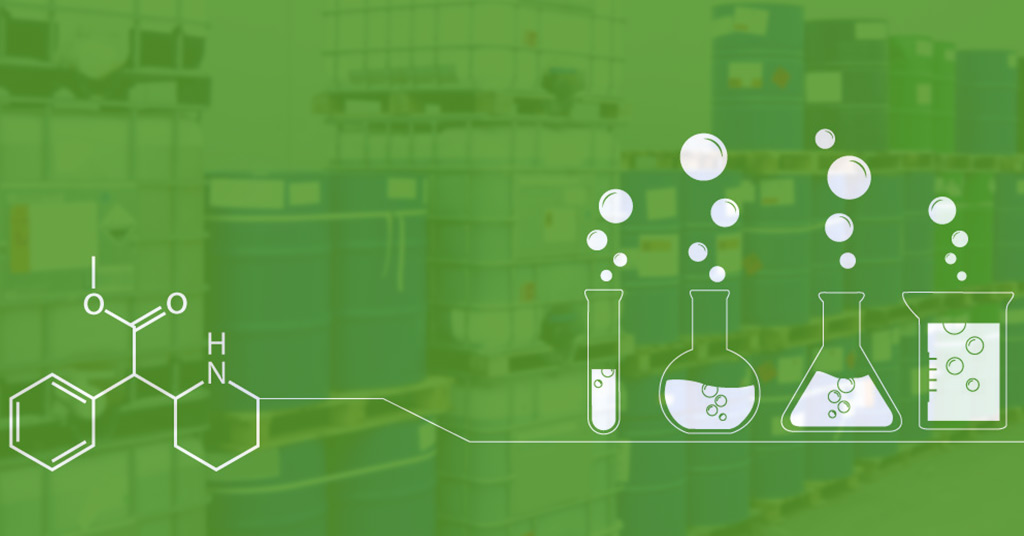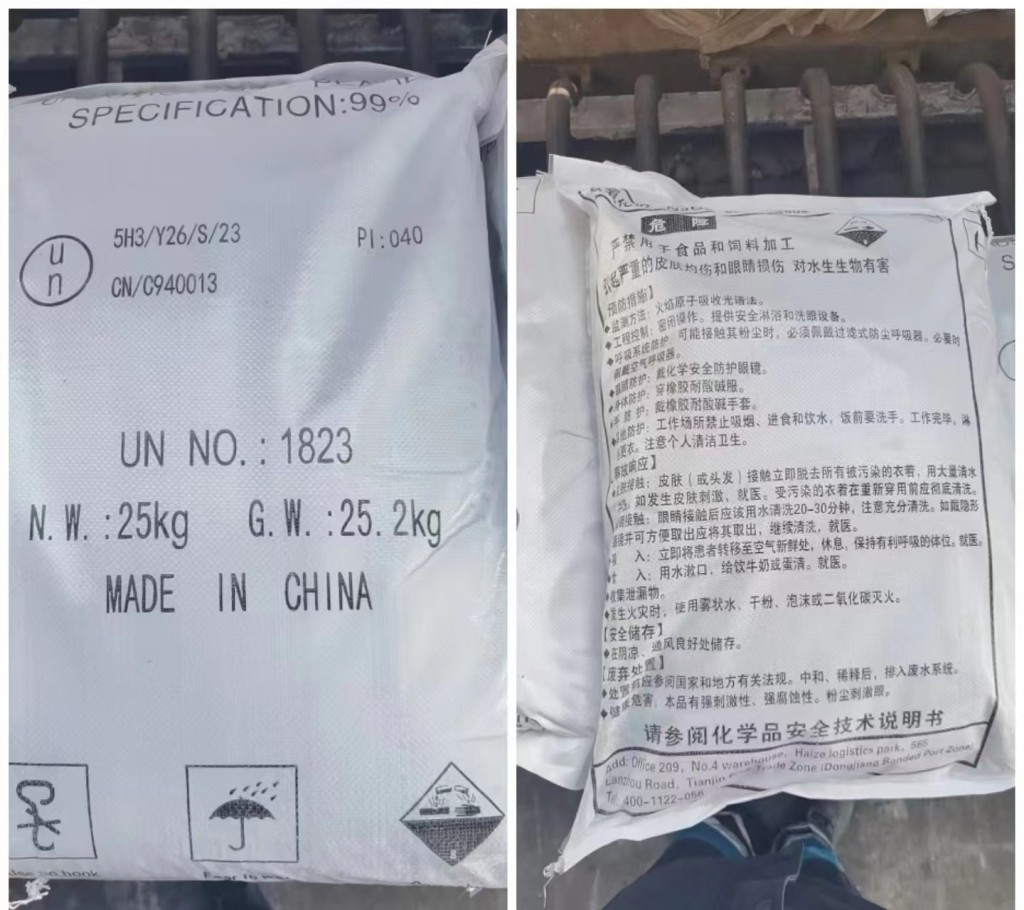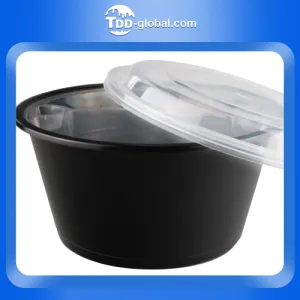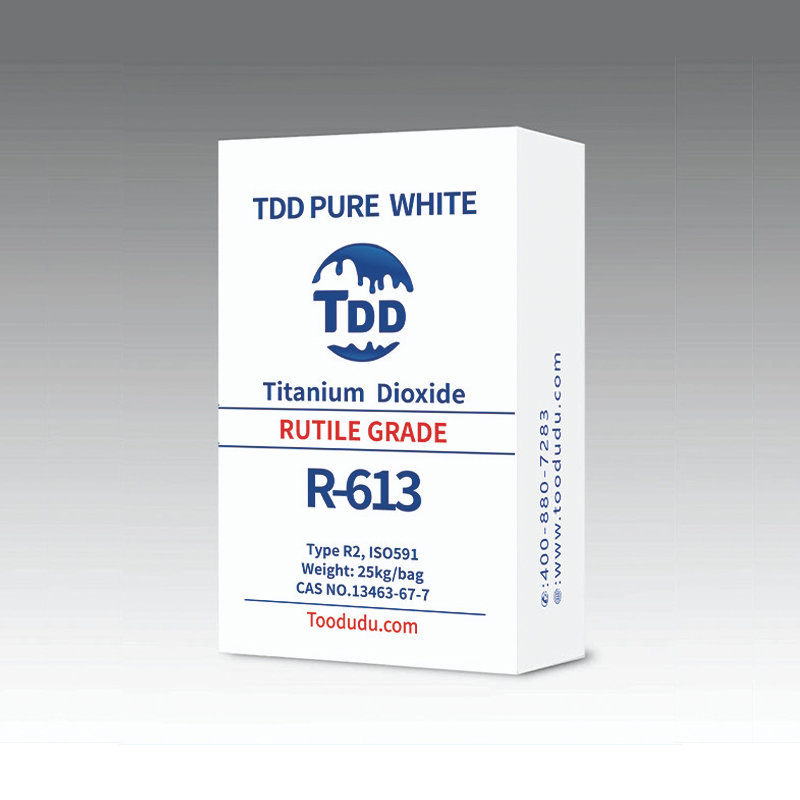European Chlorine Production Gains Momentum in November

In November 2023, chlorine production in Europe exhibited a notable increase compared to the corresponding period in the previous year. Producers across the continent reported an average daily chlorine production of 20.023 thousand tons, representing a significant surge. This figure marked a 6.6% rise compared to October and a substantial 9.9% increase when compared to November 2022.
The dynamics of chlorine production play a crucial role in understanding the state of the chemical industry, and this positive growth trend indicates a robust performance within the European chlorine manufacturing sector. The average daily output serves as a key metric, showcasing the industry’s capacity and responsiveness to market demands. The 6.6% month-on-month increase from October underlines the sector’s agility in adapting to changing conditions, while the substantial 9.9% boost from November 2022 reflects sustained growth over the year.
In conjunction with the rise in chlorine production, caustic soda inventories in November experienced a slight decline. The inventories were reported to be 0.8% lower than the previous month, demonstrating a shift in storage levels. Furthermore, when compared to the levels recorded in November 2022, caustic soda inventories exhibited a more significant decrease, reaching almost 8%.
This information offers insights into the interplay between chlorine production and caustic soda inventories. The two are intricately connected as chlorine is a key component in the production of caustic soda. The fluctuations in these metrics provide a comprehensive overview of the chemical industry’s dynamics in Europe.
The data from September indicated a year-on-year increase in chlorine production, accompanied by a rise in caustic soda stocks. In September 2023, the average daily chlorine production was 19.69 thousand tons, which represented a 2.4% decrease from the preceding month. However, it marked a 2% rise when compared to the corresponding period in September 2022.
The sequential analysis of these key metrics across multiple months allows for a nuanced understanding of the industry’s performance trends. While the month-on-month decline in September may suggest a transient adjustment, the consistent year-on-year increases underscore the sector’s resilience and sustained growth.
The surge in chlorine production in Europe during November 2023 signifies a robust and responsive chemical industry. The positive growth trend, with a 6.6% increase from October and a notable 9.9% rise compared to November 2022, showcases the sector’s adaptability and consistent performance. The slight decrease in caustic soda inventories for the same period adds depth to the analysis, providing valuable insights into the interconnected nature of these chemical metrics. As the industry navigates through various market dynamics, these observations contribute to a comprehensive understanding of the European chemical landscape and its evolving patterns.
Recommended Suppliers
 June 3, 2024
June 3, 2024  June 3, 2024
June 3, 2024  June 17, 2024
June 17, 2024  June 18, 2024
June 18, 2024  June 18, 2024
June 18, 2024 














